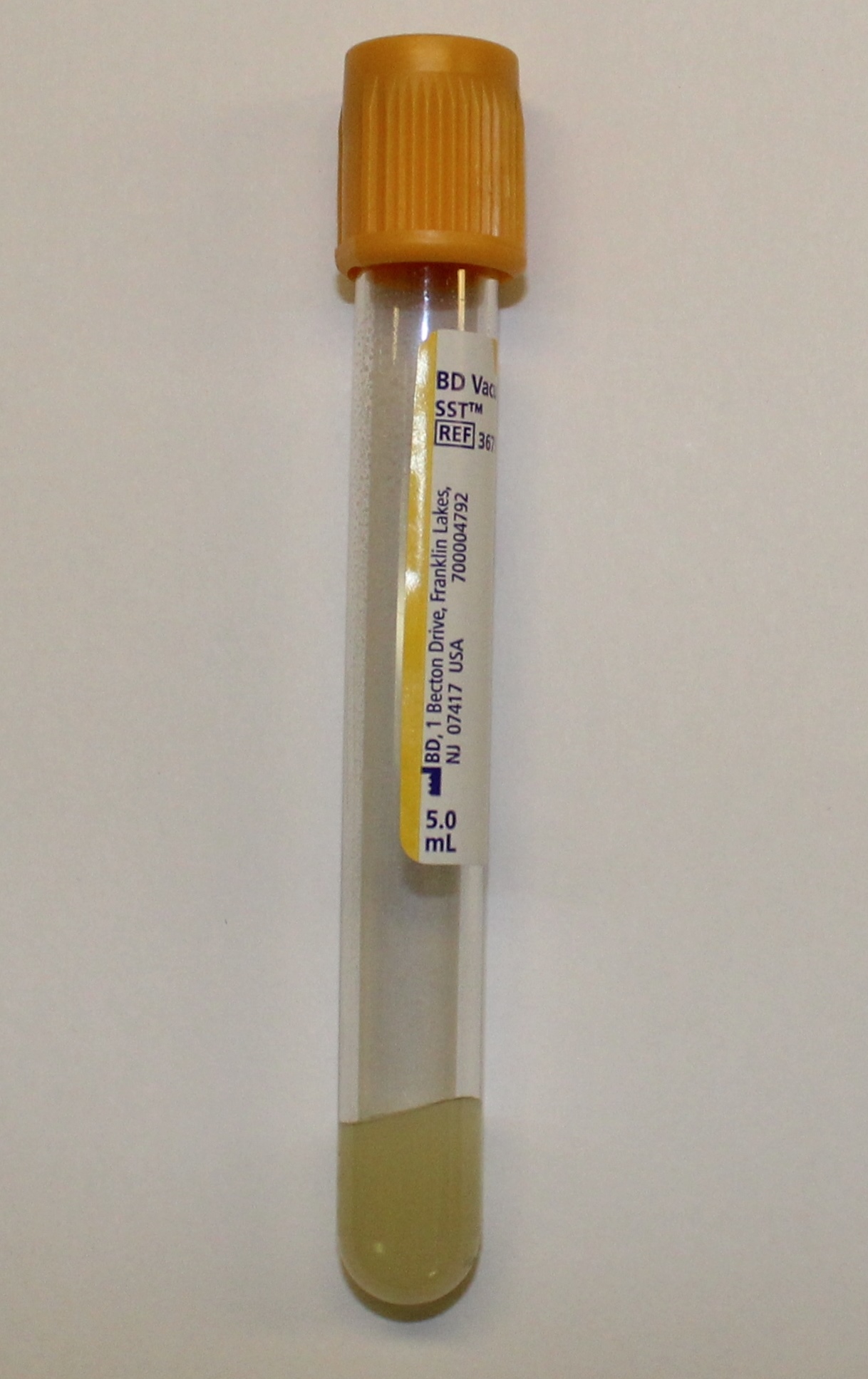Laboratory Medicine
Laboratory Test Catalogue
| Electrolytes, Serum (Lytes, NA, K, CL, CO2) | |
|---|---|
Test NameElectrolytes, Serum (Lytes NA, K, CL, CO2) |
|
|
|
Specimen HandlingCollection Instructions: Serum or plasma, free from hemolysis, collected with or without gel separator. For plasma use lithium or ammonium heparin only. Separate serum or plasma from cells within 2 hours of collection. Write your initials, date and time of collection on the collection label. Stability: Lytes is stable at room temperature for 24 h, refrigerated for 1 week and frozen at -15 to -20°C for 6 months. Transportation: Transport at room temperature ASAP. Laboratory Staff Instructions: Separate serum or plasma from cells within 2 hours of collection. . Sample Rejection Criteria: Avoid Hemolysis and/or Non sufficient Quantity (Not Sufficient Quantity) |
|
Required Documentation |
|
Turnaround Time (TAT)45 minutes Trauma/Stat, 2 hour routine |
Test Utilization |
Reference ValueSodium: 135 - 145 mmol/L Potassium: Serum: 3.5-5.0 mmol/L Potassium Plasma: 3.2-4.8 mmol/L Chloride: < 10 years: 96-110 mmol/L Chloride: >10 years: 96-106 mmol/L |
|
Test CodeLYT4 |
MethodologyIndirect ISE |
Testing LocationSMH-Biochemistry |
Other InformationLast Updated: Aug 11, 2022
|
 Specimen Type / Requirements
Specimen Type / Requirements